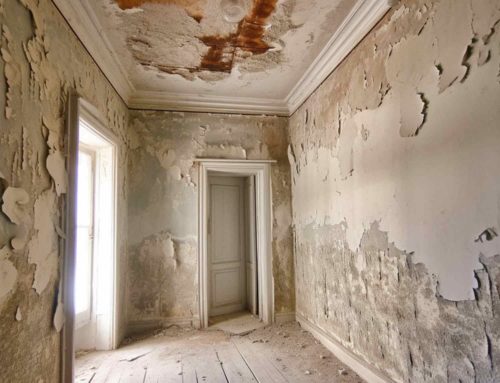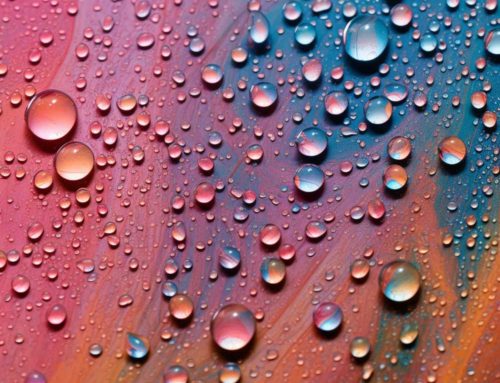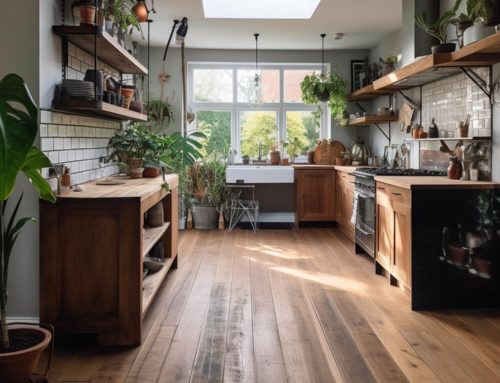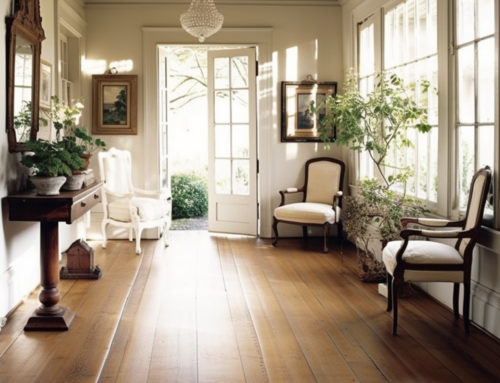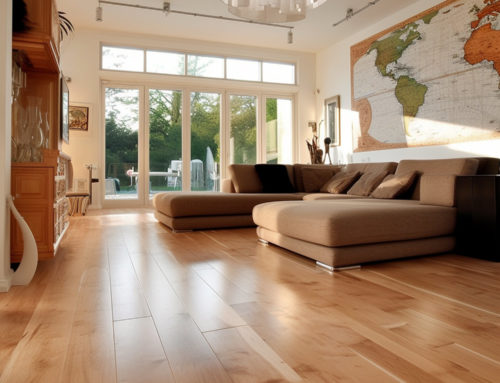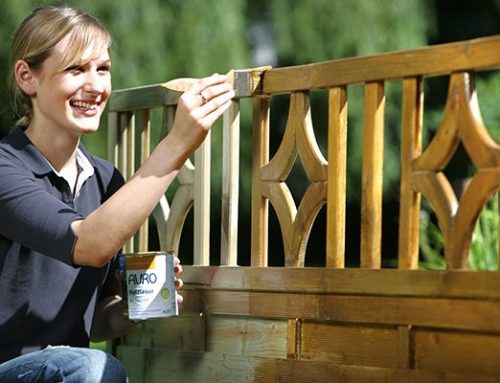Nowadays, people are becoming increasingly aware of the need to create energy-efficient buildings because of their long-term impact on human health, environment, and finances. One of the features that go into constructing such a building that allows minimal energy losses and maximises cost saving is airtightness.
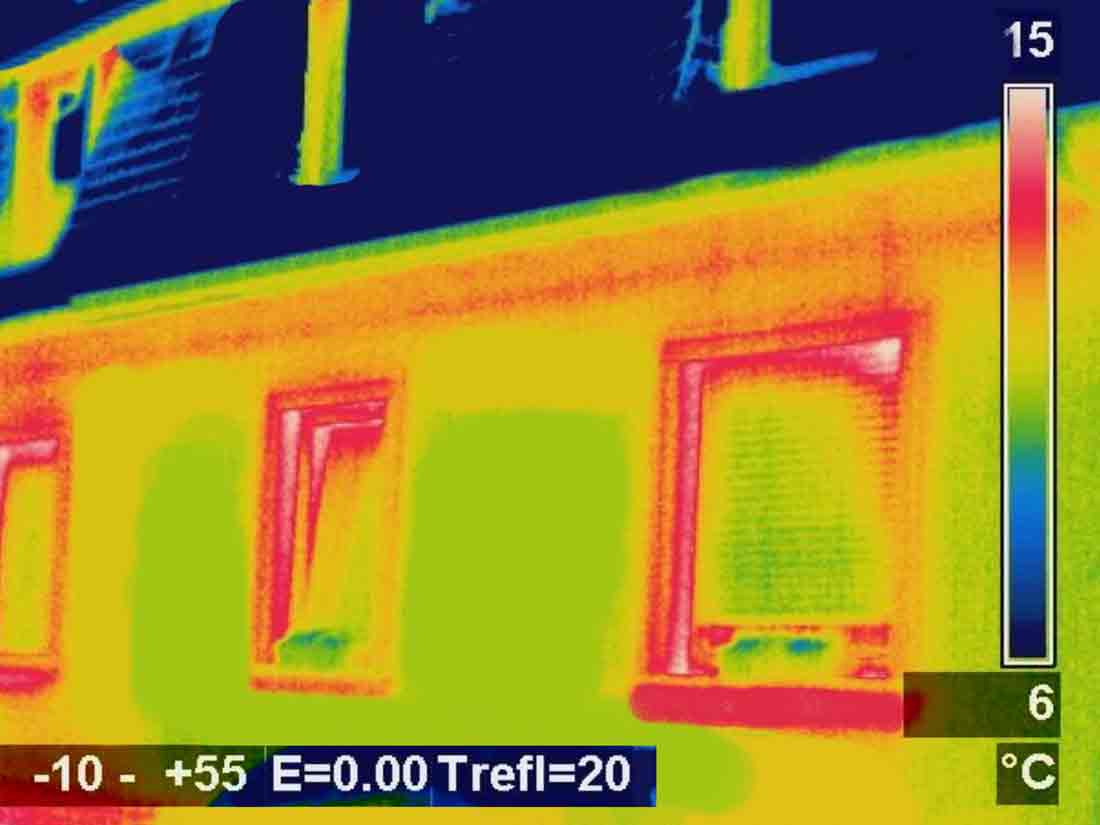
What is home air tightness?
Before we can fully understand airtightness, it is necessary for us to understand air leakage. Air leakage is an unintentional and uncontrolled outflow, or inflow, of air through gaps, spaces, and holes within the building fabric. This is a consequence of differential pressure across the building’s envelope, influenced by factors such as mechanical ventilation and flow of wind. Such openings can arise due to poor architecture, the use of improper materials, or unskilled labor and can lead to impaired insulation and subsequent loss of heat.
Airtightness of a building is basically its degree of resistance towards this air leakage. The inflow of air is described as ‘infiltration’, and the outflow of air as ‘exfiltration’. Here, it is important to note that airtightness does not imply that there is no movement of air in and out of the building, but rather that there is no uncontrolled and unwanted air does not enter or leave the building.
The importance of airtightness
About one-fourth of all the energy consumed in the United Kingdom is used up in services such as cooling and heating of indoor air and water, where most heat losses occurred due to air leakage and minimal insulation. From the preceding discussion, it might seem evident that airtightness is crucial in preventing heat losses (which it is), but that is not all. Airtightness is playing a significant role in moving us towards creating a sustainable environment for ourselves and our future generations. It does this by optimising the amount of energy expended on heating, re-heating, and maintaining the thermal comfort of a building. This energy generally comes from the burning of carbon-based fossil fuels that release carbon dioxide into the environment and contribute to the carbon footprint of the building; therefore, airtight homes are environment-friendly and sustainable because they help reduce carbon emissions.
Routes of Air Penetration for airtightness
There are a number of aspects of a building that undermine its airtightness, but we will discuss only the most common of them in this article.
Airtightness in Walls
Whether they are internal or external, walls can be a major source of air leakage. Any and all holes and gaps in the walls can allow for the inflow and outflow of air. These spaces might be a consequence of poor construction, drilling, or an unskilled installation of cable and wires. Such spaces can decrease the airtightness level of a building by about 20%.
Airtightness in Doors and Door Frames
The top, bottom, and side of the doors can allow for the entry and exit of air, but these are easy to deal with. With proper seals and sealants to close up the spaces between the door and its frame, the problem can be solved.
Airtightness in Windows and Window Frames
Another very common source of air ingress is the window. Even very carefully fitted windows can prove to be pathways for the unwanted outflow and inflow of air. There can be gaps between the window frame in the wall, a space at the window sill, and around the corners of the window.
Airtightness in Areas Which Have Been Penetrated for the Installation of Utilities
The installation of cords, wiring, and pipes can leave large holes and gaps which lead to an unwanted flow of air across them. These can be present in the walls, between floorings or the roof, and can be hard to access at times.
What are airtightness membranes and where to install them?
Airtightness membranes are the builders’ tool in fighting air leakage. These membranes are completely impermeable to air, thus functioning in preventing the entry and exit of unwanted air –decreasing energy losses. In addition to this, these membranes also help maintain the structural integrity of the building by preventing the condensation and moisture problems discussed in detail above. These barriers can be installed either internally, or externally.
Internal Airtightness
This form of airtightness includes the installation of airtightness membranes on the inner regions of the building. While this can allow good airtightness if done correctly, there are a lot of drawbacks to it. Firstly, installing these barriers can be extremely labour-intensive. There are a lot of components that need to be taken into account before the barriers are set, such as electrical boxes, switches, extractor fans, etc. – all of which have to be airtight products.
Because a lot of factors come into play while laying out the membrane, it requires very skilled professionals and the whole process turns out to be very costly. In addition to this, the membrane is also at the risk of damage from the inhabitants of the building. This damage can decrease the airtightness of the building and can be very expensive to repair.
External Airtightness
External airtightness involves the cladding of the external face of the building in airtightness membranes. This is a more preferred type of airtightness for a lot of reasons. One of them is that this is easier to install and more cost-effective as they are less obstructing and impeding factors like those involved in internal airtightness. There is also a lower risk of membrane damage and subsequent air penetration, and if there is a need for reworking and repair, it is not very expensive.
Airtightness Test
The airtightness test is a means to identify any air leakages in the airtightness membranes of a building. The degree of airtightness of buildings can be assessed by installing a blower in the envelope of the building to regulate the pressure inside. The technique is to generate a consistent and static pressure inside the building, and then measure the airflow rate needed to create the pressure. The higher the flow rate is to establish a pressure differential, the less degree of airtightness a building has. This test is easier done with externally installed airtightness membranes, than with internally installed airtightness membranes.
Benefits of Airtightness
Improved Indoor Air Quality
Airtightness improves the indoor air quality by blocking the entry of air containing allergens or harmful particles that might be a health hazard to the inhabitants. An important function of airtightness is that it blocks cold wind (draught) from seeping into the building which leads to dampness and buildup of moisture in the environment. Both of these reduce the indoor air quality as they combine to provide a condition that favors the growth of toxic molds that could prove to be detrimental to the inhabitants’ health.
The Cost Savings from airtightness
As mentioned above, airtightness homes are draught-free. This plays a role in cost savings by increasing the energy efficiency of the building. These cold winds, if not stopped, incur energy losses as they decrease the temperature of the buildings in winter, which has to be compensated for by more heating. Furthermore, places, where draughts enter, make way for the leakage of cooler air (from air conditioning) in summers – resulting in energy losses.
By making buildings airtight, one can cut back on the extra costs that occur in both of these cases and, hence, lower the electricity bill.
Increased Building Durability
Airtightness improves a building’s durability by blocking the infiltration of cold winter air that has a high moisture content. In the case that this air enters, it condenses and damages the building fabric such as the woodwork, paint, sheens, and leads to the corrosion of metals. Airtight homes are free from these troubles. Because the entry points of these cold moisture-laden winds are blocked, the building is free from condensation problems. This is reflected in improved building performance, a decreased frequency of maintenance, and long-lasting building fabric.
Enhanced Sound Insulation
If you have noisy neighbours or fear to be one, then you would be interested in knowing that airtightness also makes your building more soundproof. This is a consequence of the closure of gaps and spaces which impede the transmission of sound across the walls.
Not only does this ensure a greater degree of privacy, but also paves way for a calmer and more comfortable environment. Such an atmosphere plays a great role in enhancing productivity and performance.
Conclusion
Conclusively, the importance of airtight homes and airtightness membranes cannot be overstated. Not only does having an airtight home improve the thermal capacity of a building and help cut back on costs, but also prevents the buildup of moisture and dampness in the environment that could lead to impaired building performance, productivity and health. With all the benefits that come with having an airtight home, it is no surprise that airtightness membranes are increasingly being viewed as more of a necessity than a luxury – one that should definitely be incorporated into every household.
What is Plant Based Paint?
Plant-Based Paint: A Sustainable and Eco-Friendly Alternative In the quest for environmentally friendly and sustainable home decorating solutions, plant-based paint has emerged as a popular option. As more consumers become conscious of their impact [...]
What is Eco Paint?
Eco Paint: A Greener Choice for Your Home and the Environment Eco paint, also known as eco-friendly paint or green paint, is a type of paint formulated with a focus on reducing environmental impact [...]
What is Non-Toxic Paint?
Non-Toxic Paint: A Healthier Alternative for Your Home and Family When it comes to decorating our homes, the paint we choose can have a significant impact on the overall indoor environment and air quality. [...]
What is Plastic Paint? Understanding Its Composition and Eco-Friendly Alternatives
When it comes to decorating our homes, there are numerous paint options available, each with its unique properties and applications. One such option is plastic paint (your standard big brand acrylic), which has gained popularity [...]
How long does natural paint last? Quality and Sustainability for Your Home
When choosing paint for our homes, it's essential to consider factors such as sustainability, indoor air quality, and durability. Natural and organic interior paints have gained popularity in recent years as an eco-friendly and [...]
Is acrylic paint natural or synthetic? Exploring Sustainable Options for Your Home
When it comes to decorating our homes, choosing the right paint can be a difficult decision as there are many types and brands. With a growing demand for eco-friendly and sustainable products, it is important [...]

Hi! I’m Chris, the founder of The Organic & Natural Paint Co, and I’m focused on the education and promotion of natural non toxic alternatives to chemical laden everyday products that we just take for granted. We have a choice, and I want to raise awareness of alternative products that don’t actually harm us!
This company is my way of pushing the awareness of better indoor air quality, something that I am personally passionate about due to my own children’s breathing medical conditions. I just couldn’t paint with big brand standard petrochemical paint any longer and wanted another solution.
Read more: About me
Twitter: NaturalPaintCo
Instagram: thenaturalpaintco


